Physiological reasons of poor sleep and what to do about them: Part 2
2Last week we talked about some biological reasons of poor sleep. Today we will cover several others and discuss the strategies for dealing with them.
5. Restless leg syndrome
Some people have an uncontrollable urge to move their legs at night because their legs feel uncomfortable. These sensations usually arise after being stationary for a while (sitting or lying down), and they feel different from muscle cramps or numbness. The sensations usually go away after some leg movement. Restless Leg Syndrome (RLS) typically doesn’t lead to other more serious conditions, but it can be very disruptive to sleep if it happens often.
According to Western medicine, there is no clear cause to RLS. In the field of yoga therapy we attribute RLS to Prana Vayu moving too far downward. Prana Vayu is one of five primary energetic channels that moves through the body; it flows downward and inward. It is primarily located in the head, lungs and heart and is responsible for the neurological function (among other things). RLS is viewed as an imbalance in Prana Vayu, with Prana “escaping” to the lower part of the body and creating the sense of restlessness. To deal with this excess Prana energy in the lower body, we turn to Apana Vayu management strategies. Apana Vayu moves downward and outward and is responsible for discharging extra energy from the body. From the practical standpoint it means doing some simple feet and ankle movements before bed (similar to this practice) with emphasis on grounding and letting go.
According to the yoga tradition, Prana and Apana Vayus are intimately linked within every breath cycle with Prana guiding the inhalation and Apana guiding the exhalation part of the breath. Working with breath by controlling the length of the inhalation and the length of the exhalation relative to one another helps to balance the flow of both Vayus.
Here is an example of a practice that helps to balance Prana and Apana Vayus.
This 30-minute practice uses breath and movement to link Prana and Apana vayus (two main energetic currents in the body) to establish stronger mind-body connection and increase the sense of vitality. A practice like that would have to be done at least 2 hours before bed to allow for sufficient unwinding time afterwards.)
You can find it in your Home Yoga Practice app under Energy > Stressed > 20-40 minutes.
6. Breathing difficulties
If you have trouble breathing at night, this is usually due to some sort of obstruction in your throat, which can both wake you up at night, and affect the quality of your sleep. Those obstructions can range from more benign, like snoring, to more serious, like obstructive sleep apnea. Snoring usually happens when the tissues in your throat relax and partially block the air flow, which makes them vibrate when you breathe in, making that characteristic snoring sound. Obstructive sleep apnea, on the other hand, means that several times a night you stop breathing all together for brief periods and then wake up with a gasp.
Snoring is more common while sleeping on the back, so changing sleep position can often help end the snoring. My grandma also taught me a simple trick when I was little. She told me to gently rub the chest of the person who was snoring in small circles right under the neck. It takes 3-4 circles and then snoring usually stops. I can attest to that – it works on my husband on rare occasions when he snores. At least it stops the snoring long enough for me to fall asleep 🙂 Of course, this won’t work for everybody, or every time.
Working with breath in general is a good idea when dealing with breathing difficulties, specifically increasing the breath threshold (tolerated length of the breath). This has to be done very gradually, of course, under the guidance of an experienced teacher. Another traditional recommendation for dealing with snoring is chanting. Chanting is supposed to strengthen certain throat muscles. It works the same with singing – according to this study published in Medical News today, certain singing exercises help reduce snoring.
If snoring becomes disruptive or causes other symptoms, like drowsiness during the day, chest pains or morning headaches, this could be a sign of sleep apnea and then it is best to see a doctor. As my teacher sometimes says: Don’t try to “yoga-out” your way out of serious health concerns – seek professional help.
There are many other biological reasons for poor sleep often related to specific diseases (like Parkinson’s) or side affects of certain medications (like asthma medicine). If your sleep suddenly becomes problematic and you recently started taking some new medication for unrelated reasons, it is worth exploring if your medication is causing those problems. Analyze the timing, read the label, ask your doctor, switch meds if necessary. Whichever ailment you are trying to recover from by using that medication, lack of sleep will likely impede the healing process, so it is best to address it.
According to my teacher Gary Kraftsow, “many sleep issues are daytime problems that show up at night.” Most physiological reasons for poor sleep need to be managed during the day via lifestyle changes, appropriate yoga practices and other means. This quote also applies to other most common triggers of chronic insomnia – the psychological ones. Next week we will dive into psychological causes of poor sleep and what we can do about them – tune in!

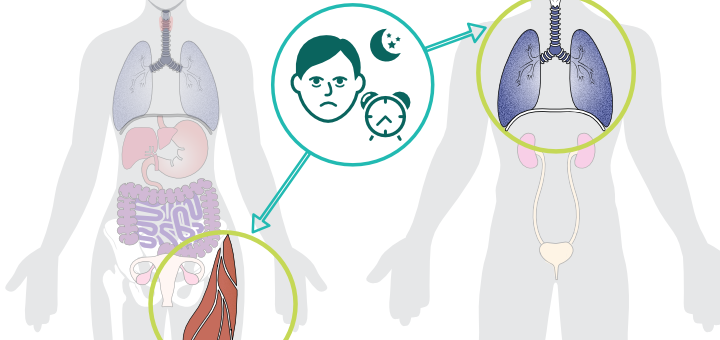
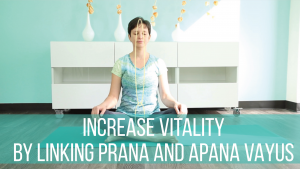
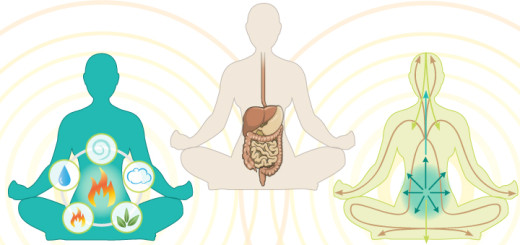
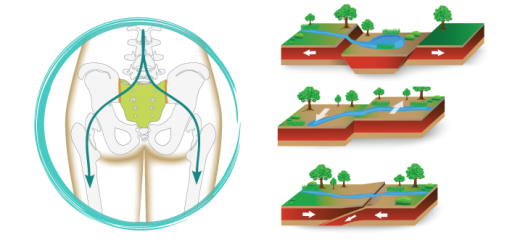

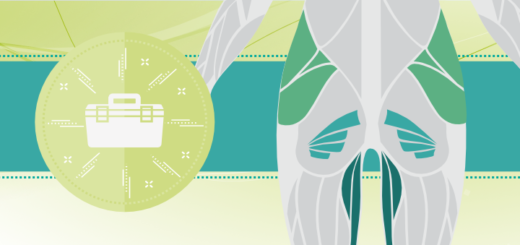















Hello, I do get RLS from time to time, my go relief for RLS is on Virasana for up to 15 minutes. I had read about a connection the the calves are involved in the pumping of blood… takes RLS away….I’m a certified Iyengar teacher and delight in having a Yoga pose tool box for all kinds of relief from things such as RLS
Great to know, thank you for sharing Norma!